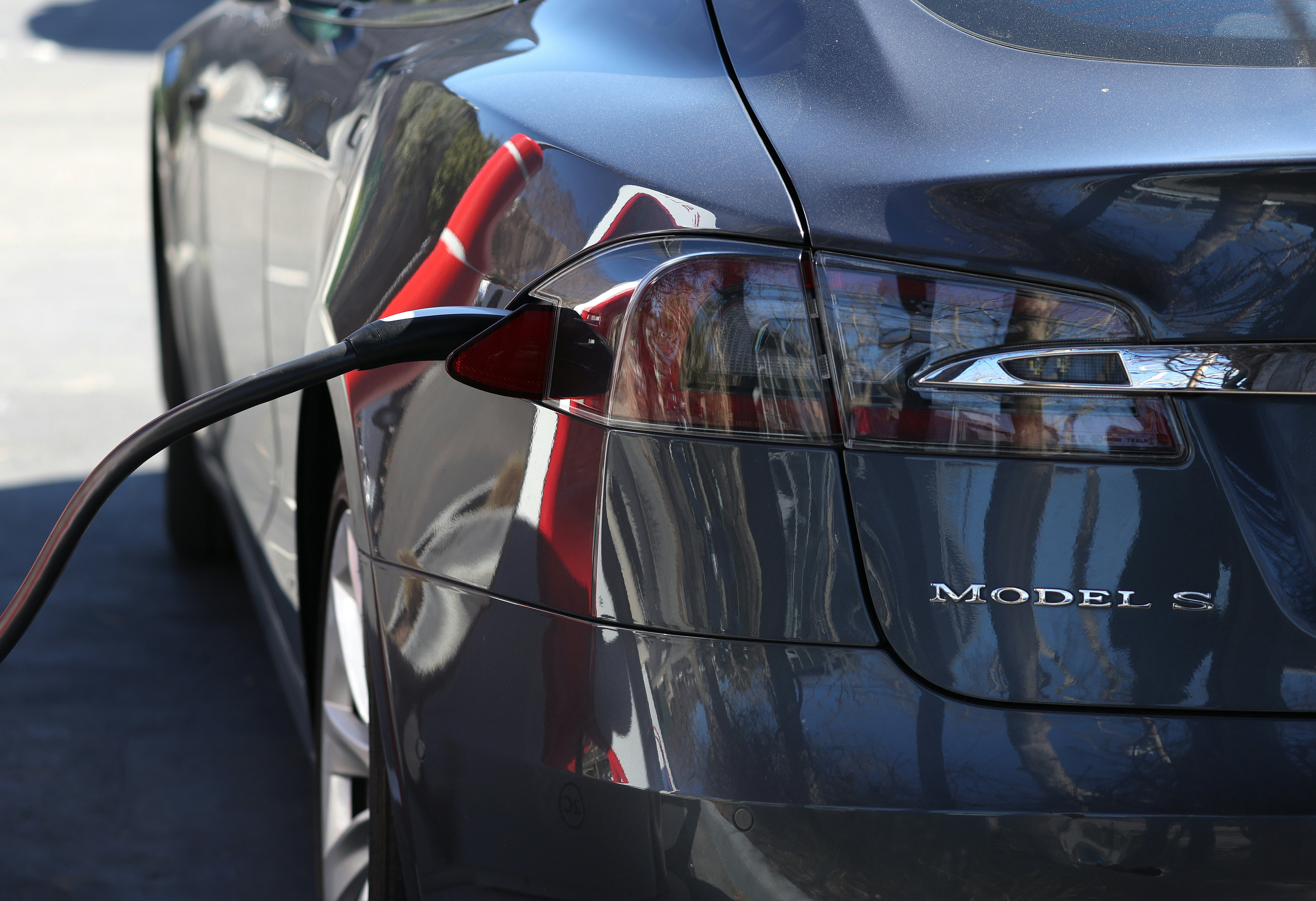
There are a lot of perks to having an EV, but charging is not one of them.
On top of inadequate infrastructure, electric cars have been hampered by the battle between several competing technologies. In one corner, there’s the brand-agnostic CCS and CHAdeMO, in the other, there’s Tesla’s NACS. Up until recently, the fight was a fairly even one, but lately, the projected winner of the EV charging war has been clear. If I was a betting man, I’d put money on Elon Musk hoisting the belt.
But what does a world with Tesla at the center of EV charging — even the charging of non-Tesla cars — look like? Well, for you, the driver, potentially a lot smoother.
Tesla to the top
So let’s recap: Traditionally, the only EVs that have been allowed to use Tesla’s Supercharger network are — you guessed it — Tesla EVs.
The reason for that exclusivity is Tesla’s use of its own, proprietary charging port; what it confidently calls the North American Charging Standard (NACS).
And while Tesla EVs use NACS, electric cars from other auto brands have opted for the Combined Charging System (CCS) or CHAdeMO, a DC fast charging protocol. The rift between the two charging standards has had a lot of effects, but for EV drivers, the consequences have been the hardest.
Non-Tesla owners, traditionally, have been forced to scurry past the brand’s shiny red Superchargers in search of CCS-friendly counterparts and vice versa. But recently, things have changed.

First, Tesla open-sourced its NACS charger and even released its own adapter, called the “Magic Dock” that allows Tesla owners to charge up their vehicles using CCS. Then, seemingly overnight, brand after brand began incorporating NACS in their own vehicles.
First Ford, then GM, and now just a few months after the gates opened up, numerous brands including Honda, Volvo, and Nissan have all committed to incorporating NACS in their EVs.
The changes haven’t quite taken effect — the commitments are new and non-Tesla NACS-equipped cars haven’t yet begun to roll off the production line. But even in the shift’s nascency, it doesn't take much to imagine what the results might be.
Interoperability is a boon for both sides of the EV charging wars to be sure, but especially for non-Tesla drivers formerly confined to CCS. Though CCS networks have slowly but surely expanded over the past few years, Tesla is still the clear winner of the EV charging title.
Though CCS charging stations outnumber Supercharger stations by a significant number — 5,240 compared to 1,803 respectively — the number of overall ports tells a different story.
According to recent U.S. Department of Energy numbers, Tesla’s Supercharger network boasts an impressive 19,463 ports, which is more ports than both CCS and CHAdeMO stations combined.

As someone with some EV experience, driving across Florida (of all states) in critical need of a charger, I can say for sure adding nearly 20,000 more available ports to the charging pot is huge. The number of times I arrived at a station only to discover the vast majority of ports that should otherwise save the day are either inoperable, currently in-use, or downright nonexistent was enough to nearly make me swear off EVs for good.
And my Florida anecdote brings me to another point: reliability. While CCS stations are often riddled with broken or half-functional chargers, Tesla’s Supercharger network has earned a reputation for being consistent in its upkeep and ease of use.
That means Tesla’s Supercharger network — in theory — could address two of the biggest complaints among most EV owners. Not a bad deal for anyone that’s exhausted by CCS’ foibles.
With great power
I don't mean to suggest that NACS will become the only standard, but it's clear that Tesla has a leg up on the competition. And once CCS users get a taste of the good life — more reliability and port saturation — who would want to go back?
The benefits are clear, but it should be noted that what Tesla does with its newfound avenue into non-Tesla EV charging is an entirely different story. Can Tesla be trusted with a monopoly on EV charging? Hard to say. Hopefully, its integrity is higher with charging than it is with its own customer complaints on range.
In any event, we have at least a couple of years until we really find out what an open Supercharger network is like — companies like Ford say they’ll have NACS in their EVs by 2025.
For now, Tesla’s title for EV charging dominance is still an open question, and no matter how you feel about Musk or Tesla’s specific breed of electric car, it’s hard not to wave Tesla’s flag. Dangerous self-driving software or not, I think one thing EV owners can agree on is that charging needs a major upgrade, and Tesla might have just the lightning they need.







